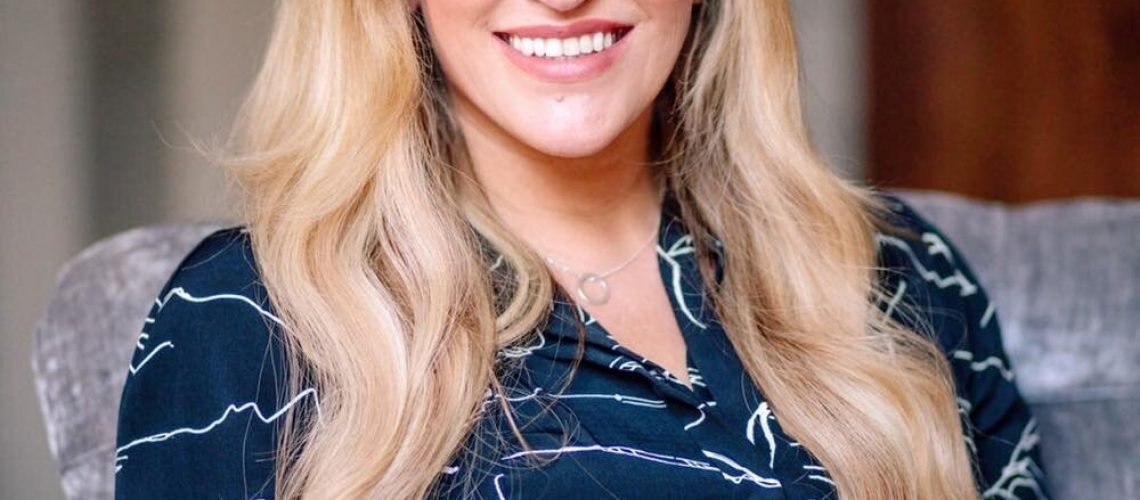Working with makeup artists is a major part of what I do. However for me to give advice on what they are looking for and how to work with them seems wrong. So in this post I have enlisted somebody I have worked with lots; award winning makeup artist Lee O’Driscoll. I asked her to come up with some tips to help you in your photoshoot planning.
-
Give a clear brief of what you’re looking for in good time prior to the shoot, and how many models will be involved. Mood boards and/or photos of the model(s) are always helpful.
-
Checking the MUA’s portfolio before booking them goes without saying, but when doing so, check that their experience matches your model/brief. For example, if your model is a mature woman, does the MUA have experience working with older clients if their portfolio/Instagram is mainly glammed-up teenagers ready for nights out? The answer could well be ‘yes’, but do check if it’s not obvious from their work.
-
If it’s a TFP (time for prints/photos), the MUA should also have some creative freedom to put their own spin on the brief, as it’s a collaboration of professionals sharing their talents for everyone’s portfolios. However, if it’s a paid job you should expect the MUA to deliver your vision. Do listen to their ideas though, as they could come up with something slightly different that you love.
-
Tell them whether you’ll need them to stay for touch-ups during the shoot itself. This could result in additional cost if it’s a paid job.
-
Ask them how much time they’ll need to create the look(s) you want. Sounds obvious, but most people can stick their everyday makeup on in 10 minutes before running out of the door, and this can lead to unrealistic expectations as to how long the shoot makeup will take, especially if there are multiple models.
-
Time your shoot accordingly. Whether it’s in your salon or a studio, you’ll need to work backwards from when you wish to start shooting to allow for the makeup to be done
-
When booking your model, ask that they arrive with no makeup on. If the model arrives with a full face of makeup it will take time to get off properly. This could mean a delay in starting the shoot itself or the makeup being rushed to compensate for the lost time.
-
Decide in advance where the MUA will work – you can always discuss this with them when you book them. Access to natural light is the dream, but failing that, a well-lit area is really important. I personally have lights I bring with me on all makeup jobs, but not all MUAs will have their own light(s). If your salon/location is particularly dark/badly lit, do give them a heads-up
-
Make sure they have enough space. Some MUAs travel super light, but some (like me lol) may have a quite a bit of kit. They may bring their own makeup chair, or expect to use one of yours if in a salon.
-
Location MUAs will be well used to working straight of their kit bags, but if there’s a table, shelf or spare trolley that they can use to put things on it will always be appreciated
-
If they’re airbrushing and/or bringing lights they’ll need access to a power socket but of course that shouldn’t be a problem in a salon!
-
When the shoot starts, ask the photographer if you can have a look at how your hair and the makeup is translating on camera. Sometimes you’ll notice things that you want to tweak in the images on their laptop or the back of their camera, that you’ve missed when looking directly at the model. Photoshop and Lightroom etc are amazing at correcting things post shoot, but it’s much easier if things are adjusted in real life at the time.
-
If it’s a TFP shoot, do take care to tag/credit the MUA when you use the images, particularly on social media. They should also tag you/your salon/the photographer etc in the same way. If it’s a paid shoot that you’re submitting to a magazine or online publication, it’s always hugely appreciated if you credit the MUA. If their name gets published too, even in the small print, it can help them get more work and better pro discounts with some of the major cosmetic brands.
-
Decide if everyone involved is allowed to share content on social media about the shoot. If you’re planning on submitting images to a magazine or blog, they sometimes prefer that they’ve not been shared anywhere prior to them publishing them. So you might want to have everyone wait until they’ve been published before they’re shared on social media.
Here is a selection of our work together:





Check out Lee O’Driscoll on social media and her website:

